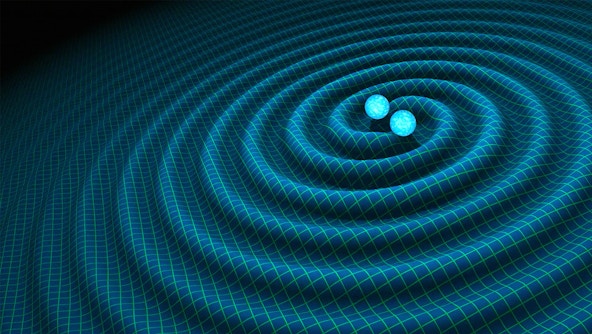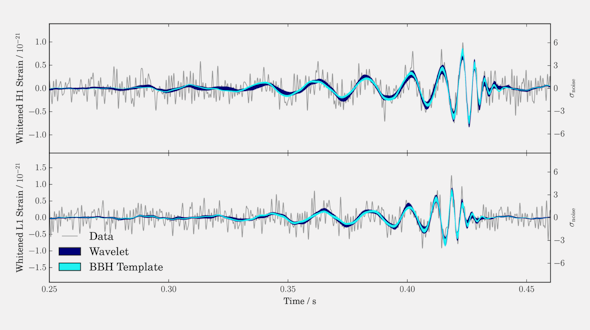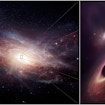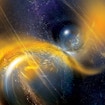
Gravitational Wave Astronomy

The detection of gravitational waves from the merging binary black hole GW150914, followed by the (likely) binary black hole mergers LVT151012, GW151226, and GW170104, means the era of gravitational wave astronomy is upon us.
We expect to detect tens of merging binary black holes before the end of the decade, will eventually detect mergers involving neutron stars, and---if the universe cooperates---find surprising, exotic gravitational phenomena. The gravitational wave astronomy group at the CCA will help shape this burgeoning field. We will be involved in detailed modelling of the formation and emissions (gravitational and otherwise) of these sources of gravitational radiation, development of sophisticated analysis methods for extracting and characterising gravitational wave signals from noisy detector data streams, and the application of cutting-edge statistical techniques to characterise the population of gravitational wave sources and relate it to existing models and observations of stellar populations.
Projects






